[av_one_full first min_height=“ vertical_alignment=“ space=“ custom_margin=“ margin=’0px‘ row_boxshadow=“ row_boxshadow_color=“ row_boxshadow_width=’10‘ link=“ linktarget=“ link_hover=“ title_attr=“ alt_attr=“ padding=’0px‘ highlight=“ highlight_size=“ border=“ border_color=“ radius=’0px‘ column_boxshadow=“ column_boxshadow_color=“ column_boxshadow_width=’10‘ background=’bg_color‘ background_color=“ background_gradient_color1=“ background_gradient_color2=“ background_gradient_direction=’vertical‘ src=“ background_position=’top left‘ background_repeat=’no-repeat‘ animation=“ mobile_breaking=“ mobile_display=“ av_uid=’av-eue5t‘]
[av_tab_container initial=’1′ position=’top_tab‘ boxed=’border_tabs‘ alb_description=“ id=“ custom_class=“ av_uid=’av-kbrzqf3l‘]
[av_tab title=’GER‘ icon_select=’no‘ icon=’ue800′ font=’entypo-fontello‘ custom_id=“]
Die Entwicklung des Rapierfechtens
Gegen Ende des 16. Jahrhunderts durchlief die italienische Fechtkunst eine tiefgreifende Transformation. Die militärische Notwendigkeit, ein Schwert führen zu können, wurde, wenn auch nicht zur Gänze, dann doch weitestgehend obsolet und übergab die fechterische Praxis in die Hände des aufstrebenden zivilen Duellwesens.
Eine Waffe sollte zum Sinnbild dieser Entwicklung werden und den hellsten Stern am Klingenhimmel darstellen – das Rapier. Hand in Hand entwickelten sich die Form dieser Waffe und die Art sie zu führen aus dem früheren Seitschwert heraus. Die auch exzellent für Hiebe zu gebrauchende Klinge des spada da lato wurde in die Länge gezogen, das Gehilz zunehmend komplexer. Wo nun in der Offensive der Stich als non plus ultra galt, dadurch schwand die Anzahl der Guardien und die Positionen verlagerten sich weitestgehend in einen schmalen Sektor vor den Fechter.
Freilich beschlossen die italienischen Nobelmänner nicht von heute auf morgen, nun Rapier anstatt Seitschwert zu fechten, generell war ihnen diese Distinktion fremd. In den Quellen des 16. und 17. Jahrhunderts ist meist schlichtweg von spada (zu dt. Schwert) die Rede und die Charakteristika beider Begrifflichkeiten, die lediglich der Orientierung und dem Kategorisierungsdrang des modernen Menschen dienen, überlagern sich in vielen Facetten und sind keinesfalls finit. Genauso verhält es sich mit dem Fechtstil selbst, wenn auch die Prinzipien die gleichen bleiben, erste Auswüchse des Rapiers sind bei Angelo Viggiani dal Montone zu erkennen. Sein Buch Lo Schermo, fertiggestellt 1551 doch erst 1575 veröffentlicht, reiht sich klar in die Bologneser Seitschwerttradition ein, doch ist hierin das Guardien-System bereits stark simplifiziert und im Manual findet eine für die Zeit durchaus beachtlich lange Klinge Einsatz. Unisono wird allerdings der Architekt, Ingenieur und Mathematiker Camillo Agrippa als maßgebende Figur genannt, wenn heute die Frage aufkommt, wer den Grundstein für das klassische Rapier-Fechten gelegt habe. Agrippa, geprägt von seinem naturwissenschaftlichen Hintergrund und analytischem Denken, brach endgültig mit der alten Tradition der komplizierten Nomenklatur und teilte die elementaren Guardien wie heute noch gebräuchlich ein in Prima, Seconda, Terza & Quarta. Seinem ganzen Werk von 1553 liegt ein durchkalkuliertes Konstrukt zugrunde, wie groß sein Einfluss war, sieht man etwa an Camillo Palladinis Werk (einen ersten Videoblick ins Buch findest du hier), welches Jahrzehnte später noch extreme Parallelen zu Agrippas Fechtbuch aufweist.

Allerhand Winkel bei Agrippa
Zu Beginn des 17. Jahrhunderts gingen schließlich die beiden Werke des großen Zweigestirns des Rapiers in Druck, Ridolfo Capo Ferros Gran Simulacro dell’Arte e dell’Uso della Scherma, nicht selten als Krönung der Fechtkunst schlechthin bezeichnet, & Salvator Fabris‘ Lo Schermo, overo Scienza d’Arme. Im Gegensatz zu Capo Ferro verstand es Fabris allerdings, seine Fechtkunst europaweit zu vermarkten und die deutsche Schule wurde von seinem Stil im 17. Jahrhundert tiefgehend geprägt.
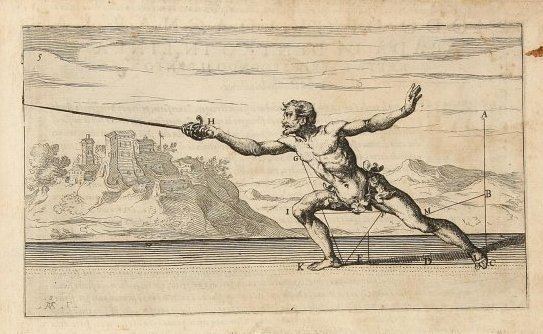
Auch Capo Ferro bedient sich geometrischer Hilfslinien
Aber nur weil es plötzlich neuartige Schwerter gab, wurden die alten Kampfesweisen nicht sofort über Bord geworfen, so legte der Rapiermeister Francesco Alfieri Mitte des 17. Jahrhunderts noch mal ein Buch über den Umgang mit dem gewaltigen italienischen Zweihänder, dem Spadone, nach.
Um bei all diesen Entwicklungen den Überblick zu behalten, gibt’s jetzt diese praktische interaktive Rapier-Timeline, auf der freilich nur einige bekannte Fechtmeister dieser Zeit Platz gefunden haben. Das ganze gibt es hier auch als Poster, für die Fechthalle oder einfach nur zum über’s Bett Hängen.
[/av_tab]
[av_tab title=’ENG‘ icon_select=’no‘ icon=’ue800′ font=’entypo-fontello‘ custom_id=“]
The Evolution of Rapier Fencing
Towards the end of the 16th century Italian fencing underwent a profound transformation. The military necessity of being able to wield a sword became, if not entirely, then largely obsolete and left the practice of fencing in the hands of the emerging civilian dueling system.
A weapon would become the symbol of this development and represent the brightest star in the heavens of the blade – the rapier. Hand in hand the form of this weapon and the way to lead it developed out of the earlier side sword. The blade of the spada da lato, which is also excellent for blows, became longer and longer, the hilt increasingly complex. Where now in the offense the thrust was considered as non plus ultra, the number of guards decreased and the positions shifted towards a narrow area in front of the fencer.
Of course, the Italian noblemen did not decide overnight to fence rapier instead of side sword now, in general this distinction was foreign to them. In the sources of the 16th and 17th century, they usually simply talk of spada (sword), and the characteristics of both terms, which only serve as an orientation and for the modern mans urge to categorize, overlap in many facets and are by no means final. The same is true of the fencing style itself, even if the principles remained the same; the first excrescences of the rapier can be seen in the work of Angelo Viggiani dal Montone. His book Lo Schermo, completed in 1551 but not published until 1575, clearly belongs to the Bolognese side sword tradition, but the guard system is already simplified and the manual uses a blade that is quite long for the time. However, the architect, engineer and mathematician Camillo Agrippa is mentioned in unison as the authoritative figure when the question arises today as to who laid the foundation for classical rapier fencing. Agrippa, influenced by his scientific background and analytical thinking, finally broke with the old tradition of complicated nomenclature and divided the basic guards into Prima, Seconda, Terza & Quarta, as still common today. His whole work of 1553 is based on a calculated construct, how great his influence was can be seen for example in Camillo Palladini’s work (a first video view into the book can be found here), which decades later still shows extreme parallels to Agrippa’s fencing book.

A lot of angles in Agrippa’s work
At the beginning of the 17th century finally the two works of the great twin stars of rapier fencing went into print, Ridolfo Capo Ferros Gran Simulacro dell’Arte e dell’Uso della Scherma, not rarely referred to as the pinnacle of fencing, & Salvator Fabris‘ Lo Schermo, overo Scienza d’Arme. Unlike Capo Ferro, however, Fabris knew how to promote his art of fencing throughout Europe and the German school was deeply influenced by his style in the 17th century.

Capo Ferro also uses geometric auxiliary lines
But only because there appeared new swords, the old ways of fighting were not immediately thrown overboard, in the middle of the 17th century the rapier master Francesco Alfieri still wrote another book about the handling of the mighty Italian two-handed sword, the Spadone.
In order to keep track of all these developments, there is now this practical interactive rapier timeline, on which of course only some well-known fencing masters of that time have found their place. The whole thing is also available here as a poster, for your fencing hall or simply to hang it over your bed.
[/av_tab]
[/av_tab_container]
[/av_one_full][av_one_full first min_height=“ vertical_alignment=“ space=“ row_boxshadow=“ row_boxshadow_color=“ row_boxshadow_width=’10‘ custom_margin=“ margin=’0px‘ mobile_breaking=“ border=“ border_color=“ radius=’0px‘ padding=’0px‘ column_boxshadow=“ column_boxshadow_color=“ column_boxshadow_width=’10‘ background=’bg_color‘ background_color=“ background_gradient_color1=“ background_gradient_color2=“ background_gradient_direction=’vertical‘ src=“ background_position=’top left‘ background_repeat=’no-repeat‘ highlight=“ highlight_size=“ animation=“ link=“ linktarget=“ link_hover=“ title_attr=“ alt_attr=“ mobile_display=“ id=“ custom_class=“ aria_label=“ av_uid=’av-4cmwh1′]
[av_image_hotspot src=’https://historicalfencing.at/wp-content/uploads/2020/06/timeline.png‘ attachment=’594′ attachment_size=’full‘ hotspot_layout=’blank‘ animation=’fade-in‘ hotspot_tooltip_display=“ hotspot_mobile=’aviaTBhotspot_mobile‘ id=“ custom_class=“ av_uid=’av-kbrz91fh‘]
[av_image_spot tooltip_pos=’av-tt-pos-above av-tt-align-left‘ tooltip_width=’av-tt-xlarge-width‘ tooltip_style=’transparent_dark‘ hotspot_color=“ custom_bg=’#ffffff‘ custom_font=’#888888′ custom_pulse=’#ffffff‘ link=“ link_target=“ hotspot_pos=’93.7,77.5′ av_uid=’av-47h2np‘]
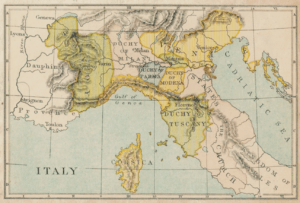
[/av_image_spot]
[av_image_spot tooltip_pos=’av-tt-pos-above av-tt-align-left‘ tooltip_width=’av-tt-large-width‘ tooltip_style=’transparent_dark‘ hotspot_color=“ custom_bg=’#ffffff‘ custom_font=’#888888′ custom_pulse=’#ffffff‘ link=“ link_target=“ hotspot_pos=’29.9,35.4′ av_uid=’av-43jdkt‘]
This diagram is not by Camillo Palladini, but it is very similar to the floor diagram he uses in his manuscript.
This diagram is from Marco Docciolini’s work Trattato in Materia di Scherma, Firenze, 1601.

[/av_image_spot]
[av_image_spot tooltip_pos=’av-tt-pos-above av-tt-align-left‘ tooltip_width=’av-tt-large-width‘ tooltip_style=’transparent_dark‘ hotspot_color=“ custom_bg=’#ffffff‘ custom_font=’#888888′ custom_pulse=’#ffffff‘ link=“ link_target=“ hotspot_pos=’22.9,50.5′ av_uid=’av-3y6k7x‘]

[/av_image_spot]
[av_image_spot tooltip_pos=’av-tt-pos-above av-tt-align-left‘ tooltip_width=’av-tt-large-width‘ tooltip_style=’transparent_dark‘ hotspot_color=“ custom_bg=’#ffffff‘ custom_font=’#888888′ custom_pulse=’#ffffff‘ link=“ link_target=“ hotspot_pos=’40.3,65.9′ av_uid=’av-3rpwg5′]
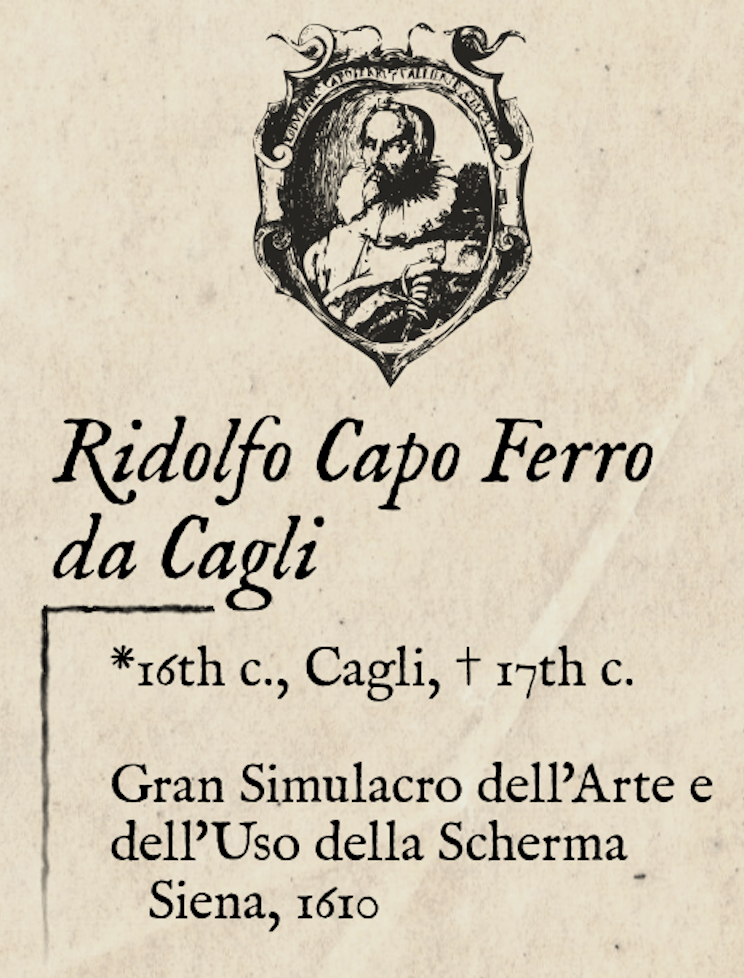
[/av_image_spot]
[av_image_spot tooltip_pos=’av-tt-pos-above av-tt-align-left‘ tooltip_width=’av-tt-large-width‘ tooltip_style=’transparent_dark‘ hotspot_color=“ custom_bg=’#ffffff‘ custom_font=’#888888′ custom_pulse=’#ffffff‘ link=“ link_target=“ hotspot_pos=’59.6,63.7′ av_uid=’av-3l4fu5′]
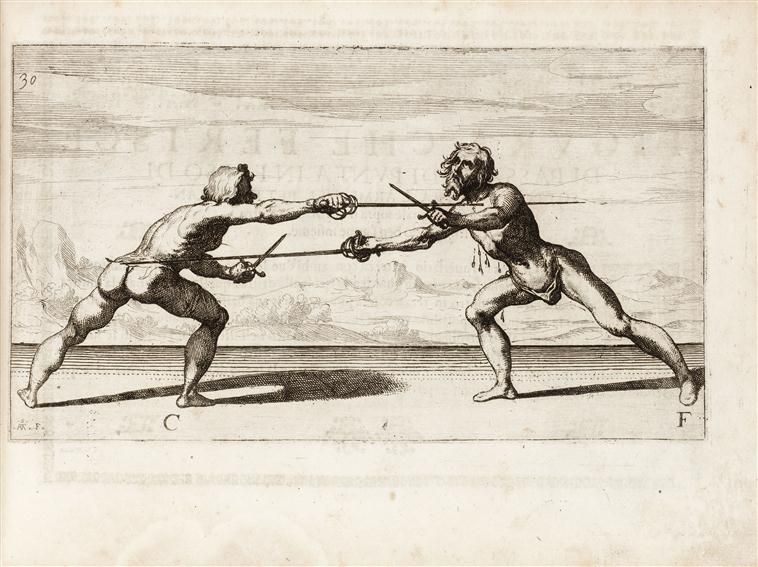
[/av_image_spot]
[av_image_spot tooltip_pos=’av-tt-pos-above av-tt-align-left‘ tooltip_width=’av-tt-large-width‘ tooltip_style=’transparent_dark‘ hotspot_color=“ custom_bg=’#ffffff‘ custom_font=’#888888′ custom_pulse=’#ffffff‘ link=“ link_target=“ hotspot_pos=’70.5,59.4′ av_uid=’av-3gw8o5′]

[/av_image_spot]
[av_image_spot tooltip_pos=’av-tt-pos-above av-tt-align-left‘ tooltip_width=’av-tt-large-width‘ tooltip_style=’transparent_dark‘ hotspot_color=“ custom_bg=’#ffffff‘ custom_font=’#888888′ custom_pulse=’#ffffff‘ link=“ link_target=“ hotspot_pos=’90.4,65.8′ av_uid=’av-38cmlh‘]
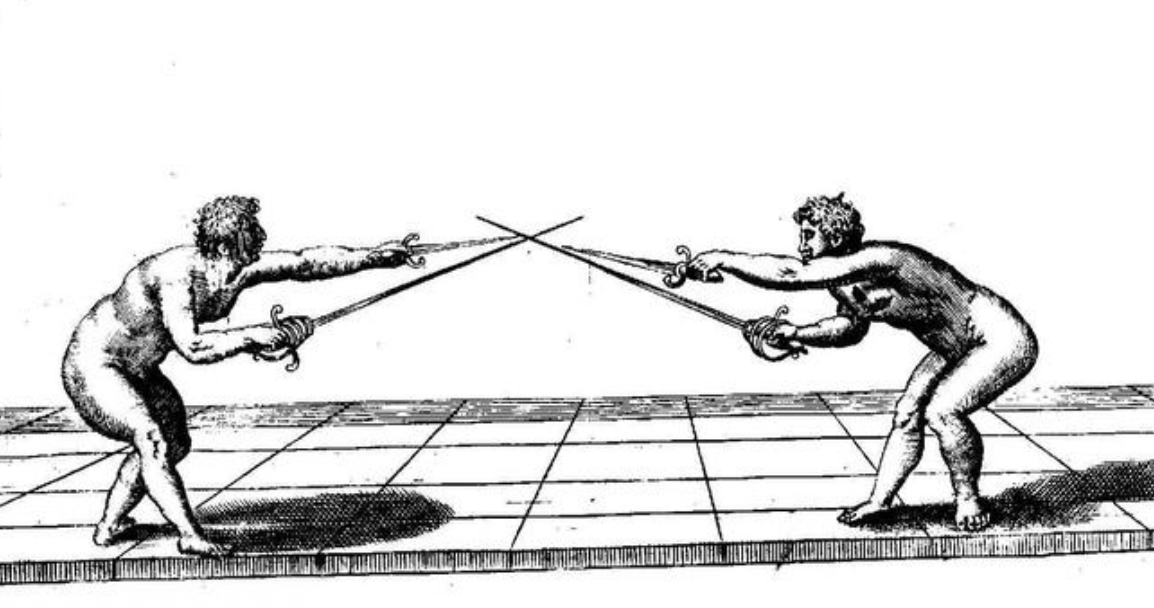
[/av_image_spot]
[av_image_spot tooltip_pos=’av-tt-pos-above av-tt-align-left‘ tooltip_width=’av-tt-large-width‘ tooltip_style=’transparent_dark‘ hotspot_color=“ custom_bg=’#ffffff‘ custom_font=’#888888′ custom_pulse=’#ffffff‘ link=“ link_target=“ hotspot_pos=’66.7,42.7′ av_uid=’av-b3m9x‘]
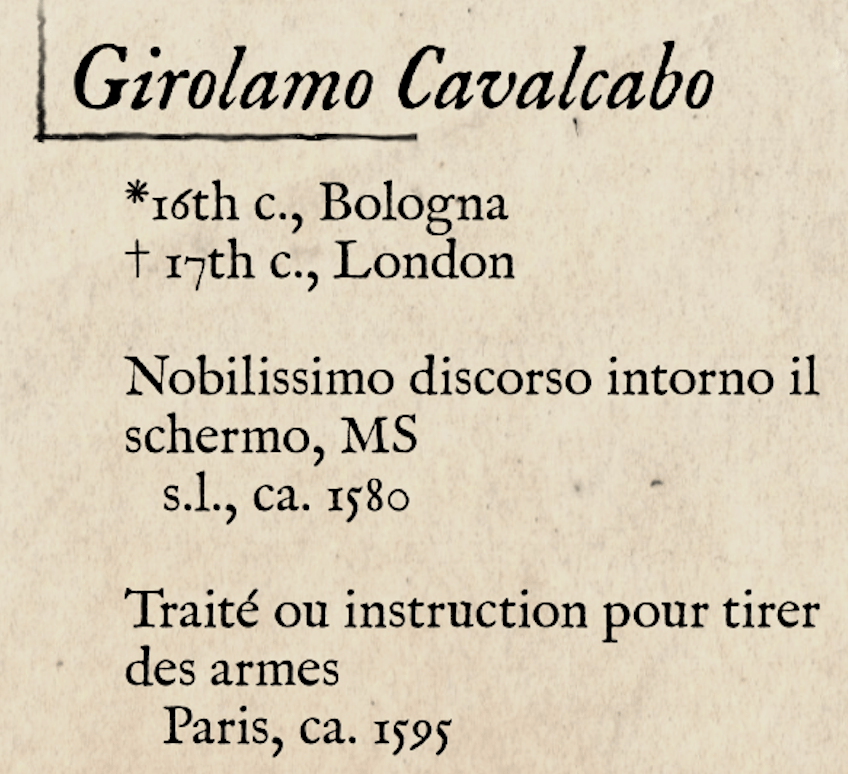
[/av_image_spot]
[av_image_spot tooltip_pos=’av-tt-pos-above av-tt-align-left‘ tooltip_width=’av-tt-large-width‘ tooltip_style=’transparent_dark‘ hotspot_color=“ custom_bg=’#ffffff‘ custom_font=’#888888′ custom_pulse=’#ffffff‘ link=“ link_target=“ hotspot_pos=’91.7,53′ av_uid=’av-2v6hx9′]
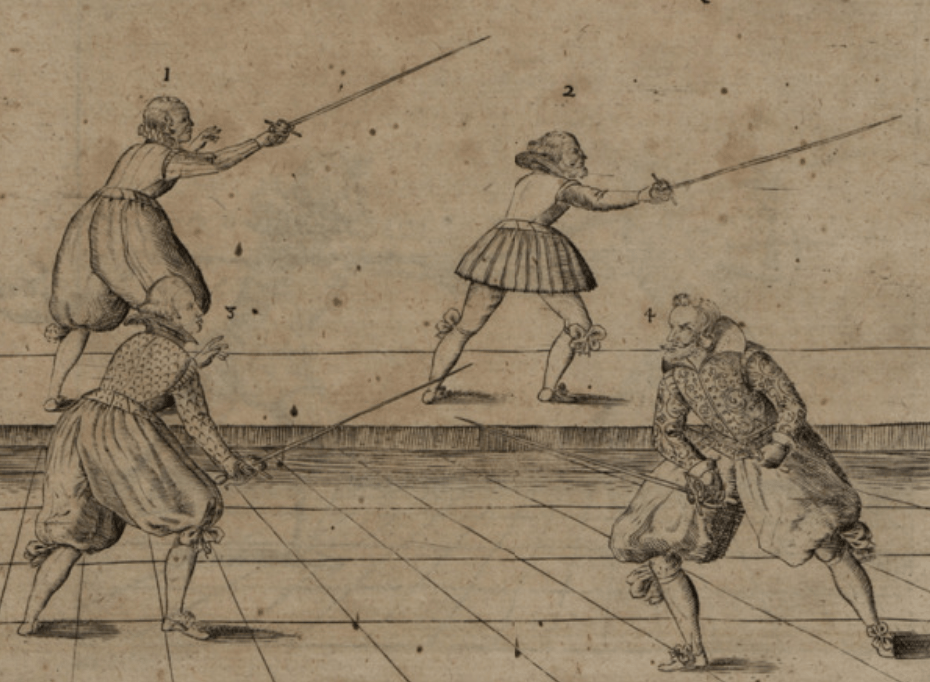
[/av_image_spot]
[av_image_spot tooltip_pos=’av-tt-pos-above av-tt-align-left‘ tooltip_width=’av-tt-large-width‘ tooltip_style=’transparent_dark‘ hotspot_color=“ custom_bg=’#ffffff‘ custom_font=’#888888′ custom_pulse=’#ffffff‘ link=“ link_target=“ hotspot_pos=’58.3,44′ av_uid=’av-2oug1p‘]
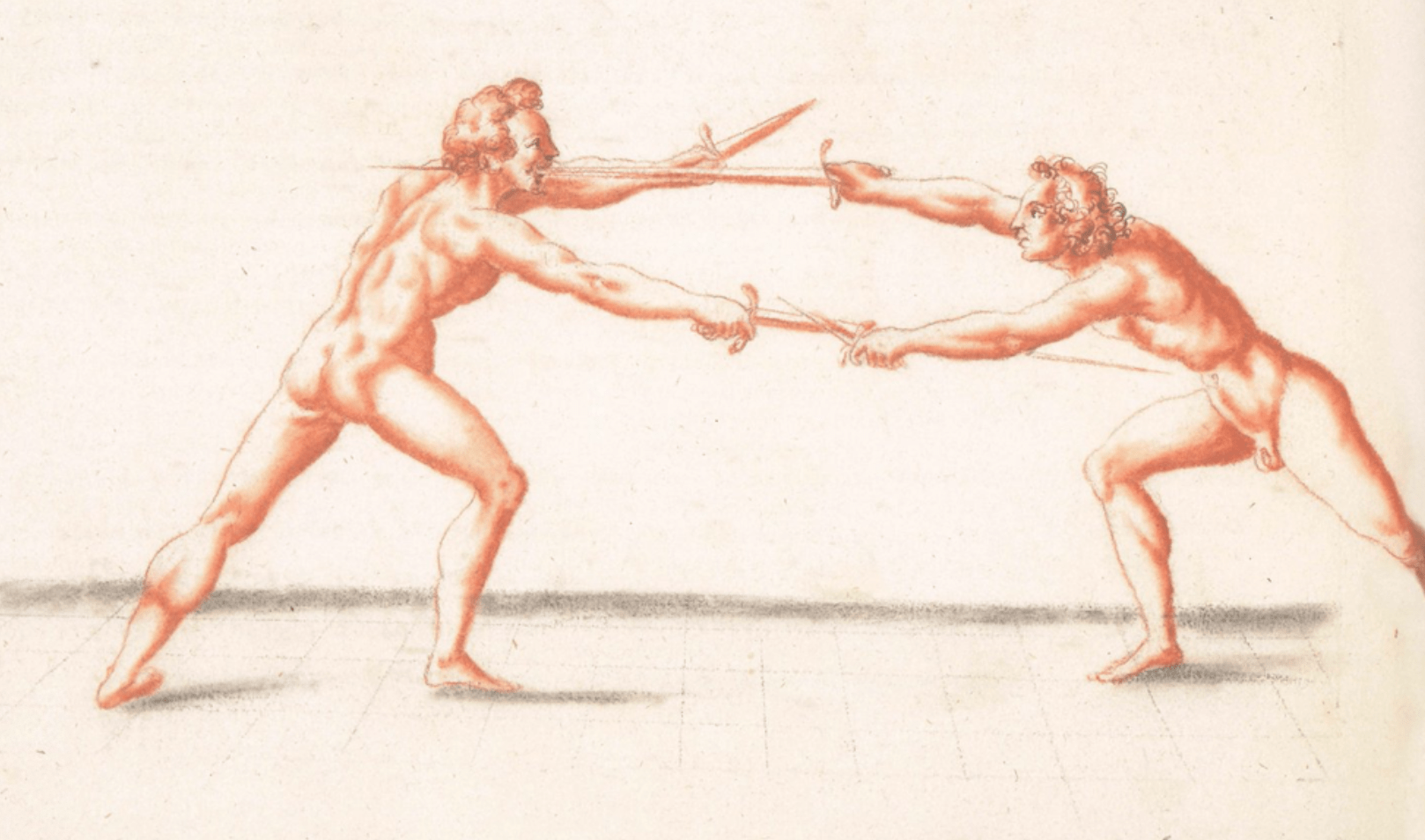
[/av_image_spot]
[av_image_spot tooltip_pos=’av-tt-pos-above av-tt-align-left‘ tooltip_width=’av-tt-large-width‘ tooltip_style=’transparent_dark‘ hotspot_color=“ custom_bg=’#ffffff‘ custom_font=’#888888′ custom_pulse=’#ffffff‘ link=“ link_target=“ hotspot_pos=’89.8,35.4′ av_uid=’av-2k16e5′]
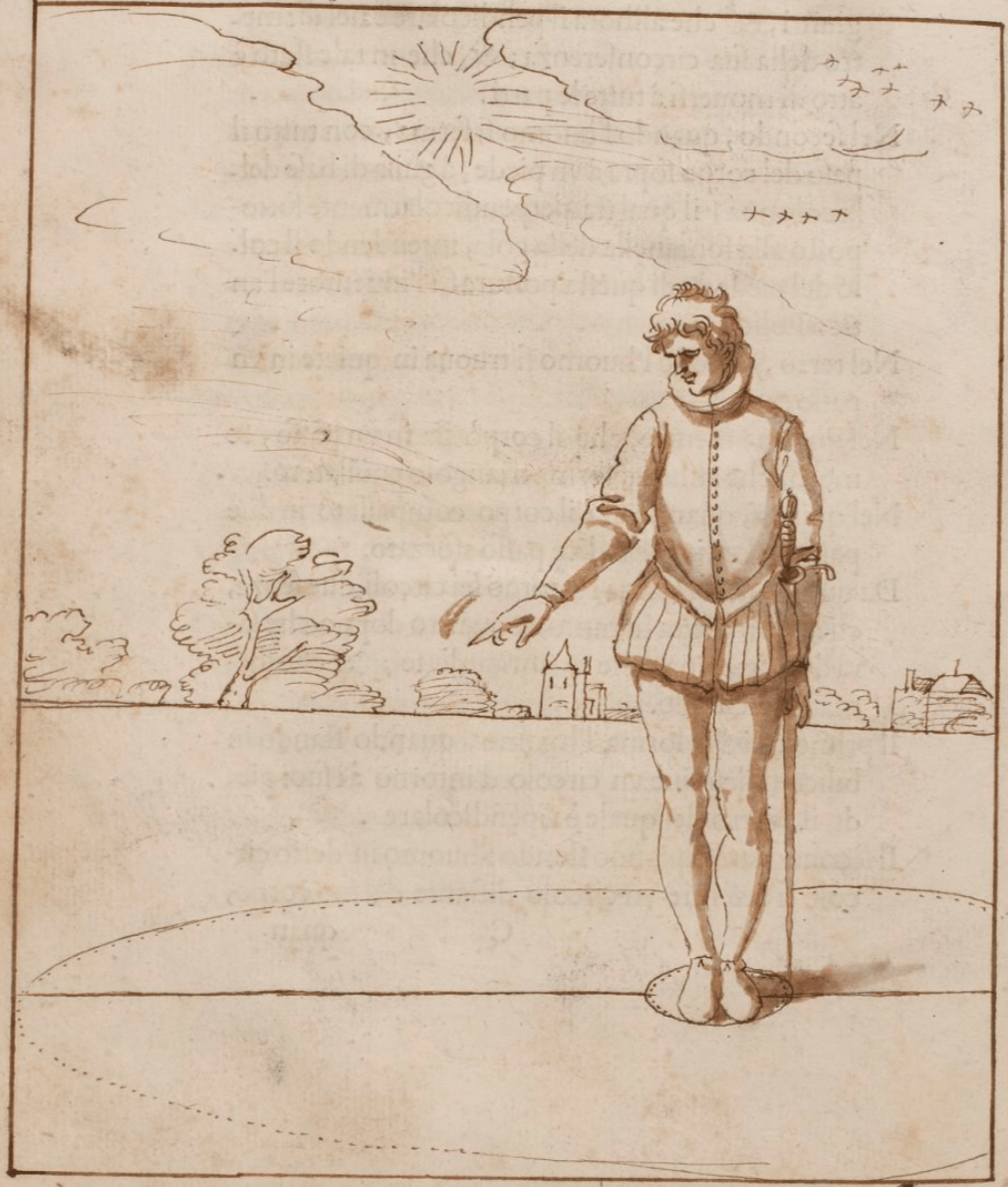
[/av_image_spot]
[av_image_spot tooltip_pos=’av-tt-pos-above av-tt-align-left‘ tooltip_width=’av-tt-large-width‘ tooltip_style=’transparent_dark‘ hotspot_color=“ custom_bg=’#ffffff‘ custom_font=’#888888′ custom_pulse=’#ffffff‘ link=“ link_target=“ hotspot_pos=’72.4,30.7′ av_uid=’av-2dw3ad‘]
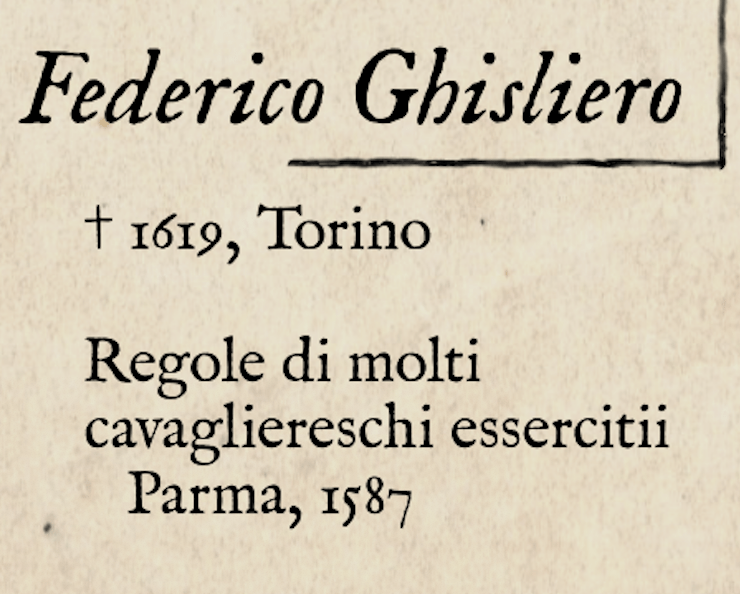
[/av_image_spot]
[av_image_spot tooltip_pos=’av-tt-pos-above av-tt-align-left‘ tooltip_width=’av-tt-large-width‘ tooltip_style=’transparent_dark‘ hotspot_color=“ custom_bg=’#ffffff‘ custom_font=’#888888′ custom_pulse=’#ffffff‘ link=“ link_target=“ hotspot_pos=’41.5,33.7′ av_uid=’av-2ba9z1′]

[/av_image_spot]
[av_image_spot tooltip_pos=’av-tt-pos-above av-tt-align-left‘ tooltip_width=’av-tt-large-width‘ tooltip_style=’transparent_dark‘ hotspot_color=“ custom_bg=’#ffffff‘ custom_font=’#888888′ custom_pulse=’#ffffff‘ link=“ link_target=“ hotspot_pos=’59.6,92.5′ av_uid=’av-21ddz9′]

[/av_image_spot]
[av_image_spot tooltip_pos=’av-tt-pos-above av-tt-align-left‘ tooltip_width=’av-tt-large-width‘ tooltip_style=’transparent_dark‘ hotspot_color=“ custom_bg=’#ffffff‘ custom_font=’#888888′ custom_pulse=’#ffffff‘ link=“ link_target=“ hotspot_pos=’31.2,94.6′ av_uid=’av-1w8l79′]
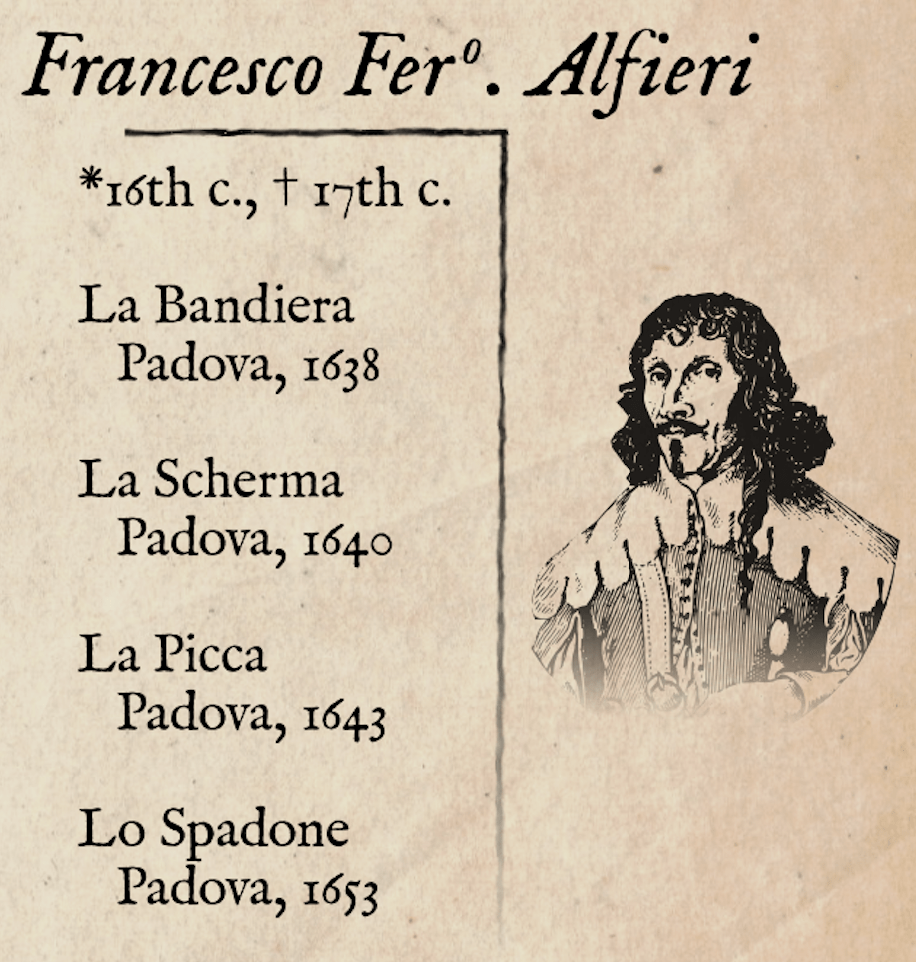
[/av_image_spot]
[av_image_spot tooltip_pos=’av-tt-pos-above av-tt-align-left‘ tooltip_width=’av-tt-large-width‘ tooltip_style=’transparent_dark‘ hotspot_color=“ custom_bg=’#ffffff‘ custom_font=’#888888′ custom_pulse=’#ffffff‘ link=“ link_target=“ hotspot_pos=’60.2,15.3′ av_uid=’av-1otoel‘]
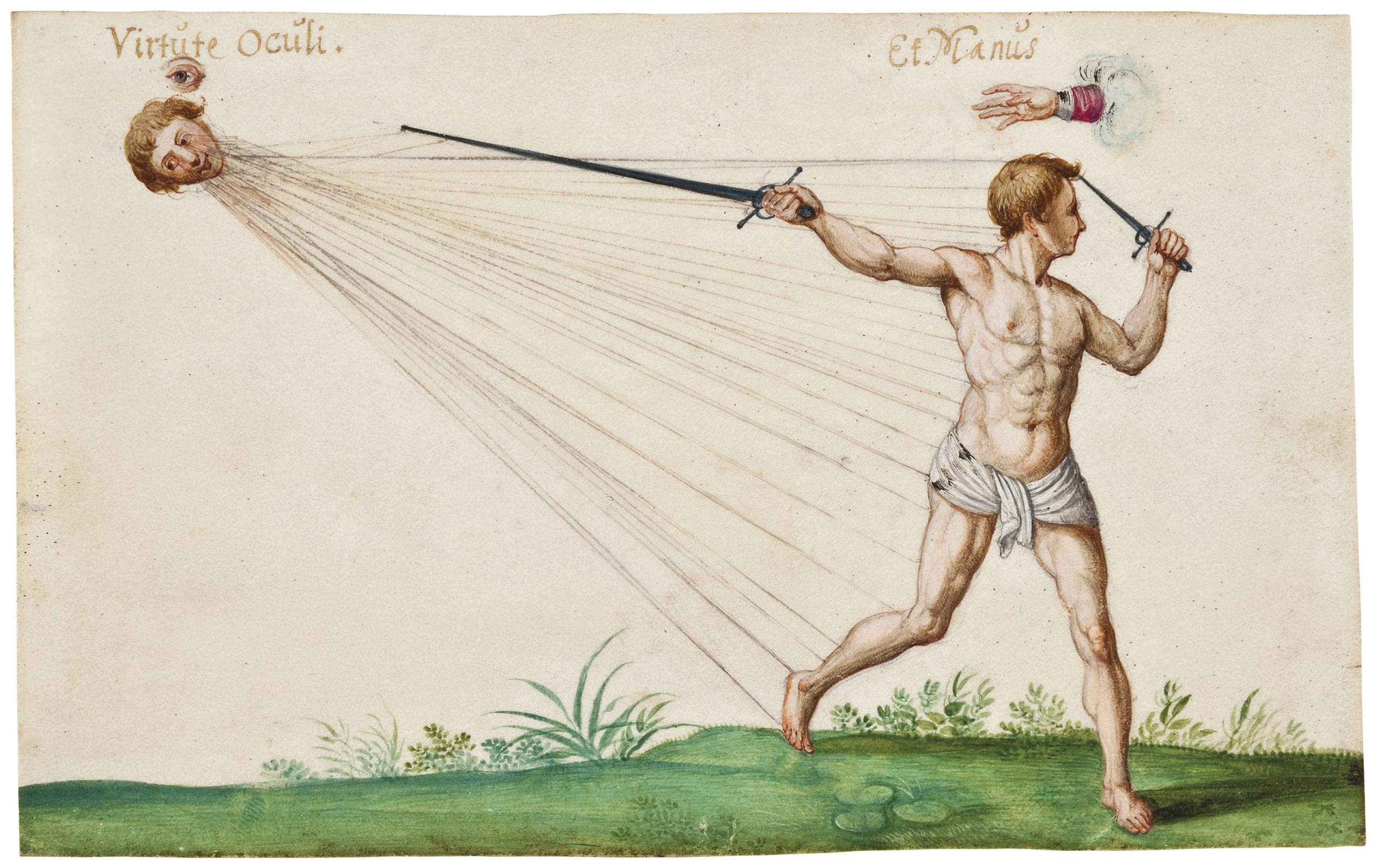
[/av_image_spot]
[av_image_spot tooltip_pos=’av-tt-pos-above av-tt-align-left‘ tooltip_width=’av-tt-large-width‘ tooltip_style=’transparent_dark‘ hotspot_color=“ custom_bg=’#ffffff‘ custom_font=’#888888′ custom_pulse=’#ffffff‘ link=“ link_target=“ hotspot_pos=’72.4,4.9′ av_uid=’av-1ne8jx‘]

[/av_image_spot]
[av_image_spot tooltip_pos=’av-tt-pos-above av-tt-align-left‘ tooltip_width=’av-tt-large-width‘ tooltip_style=’transparent_dark‘ hotspot_color=“ custom_bg=’#ffffff‘ custom_font=’#888888′ custom_pulse=’#ffffff‘ link=“ link_target=“ hotspot_pos=’94.9,14.8′ av_uid=’av-1dbvst‘]

[/av_image_spot]
[av_image_spot tooltip_pos=’av-tt-pos-above av-tt-align-left‘ tooltip_width=’av-tt-large-width‘ tooltip_style=’transparent_dark‘ hotspot_color=“ custom_bg=’#ffffff‘ custom_font=’#888888′ custom_pulse=’#ffffff‘ link=“ link_target=“ hotspot_pos=’41.5,1.9′ av_uid=’av-189t0l‘]
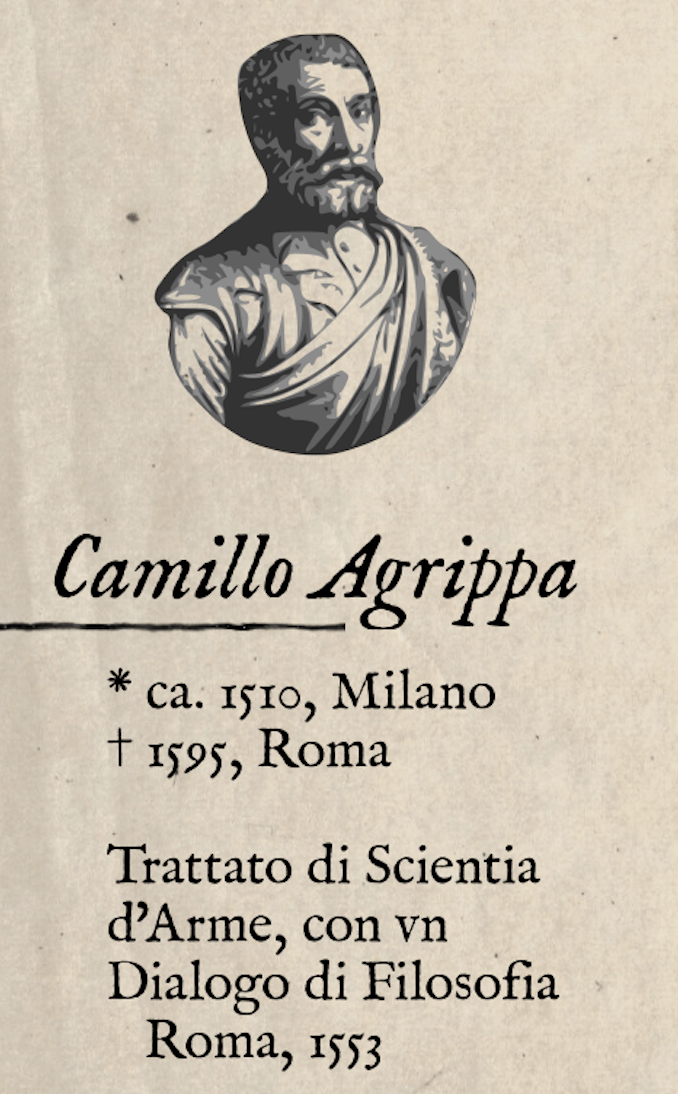
[/av_image_spot]
[av_image_spot tooltip_pos=’av-tt-pos-above av-tt-align-left‘ tooltip_width=’av-tt-large-width‘ tooltip_style=’transparent_dark‘ hotspot_color=“ custom_bg=’#ffffff‘ custom_font=’#888888′ custom_pulse=’#ffffff‘ link=“ link_target=“ hotspot_pos=’58.3,54.7′ av_uid=’av-11cgxp‘]
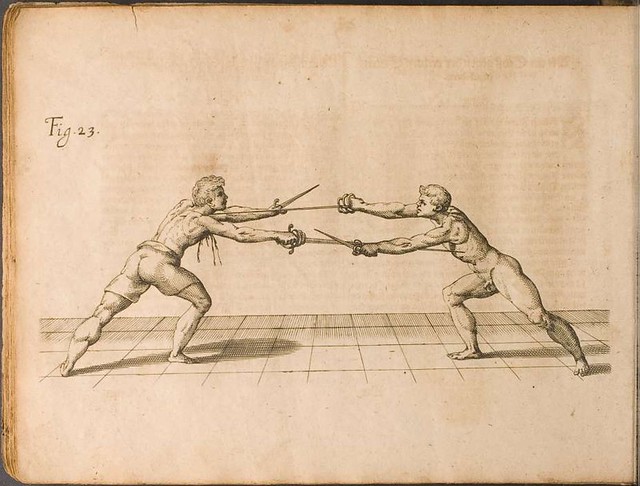
[/av_image_spot]
[av_image_spot tooltip_pos=’av-tt-pos-above av-tt-align-left‘ tooltip_width=’av-tt-large-width‘ tooltip_style=’transparent_dark‘ hotspot_color=“ custom_bg=’#ffffff‘ custom_font=’#888888′ custom_pulse=’#ffffff‘ link=“ link_target=“ hotspot_pos=’60.2,24.7′ av_uid=’av-yatel‘]
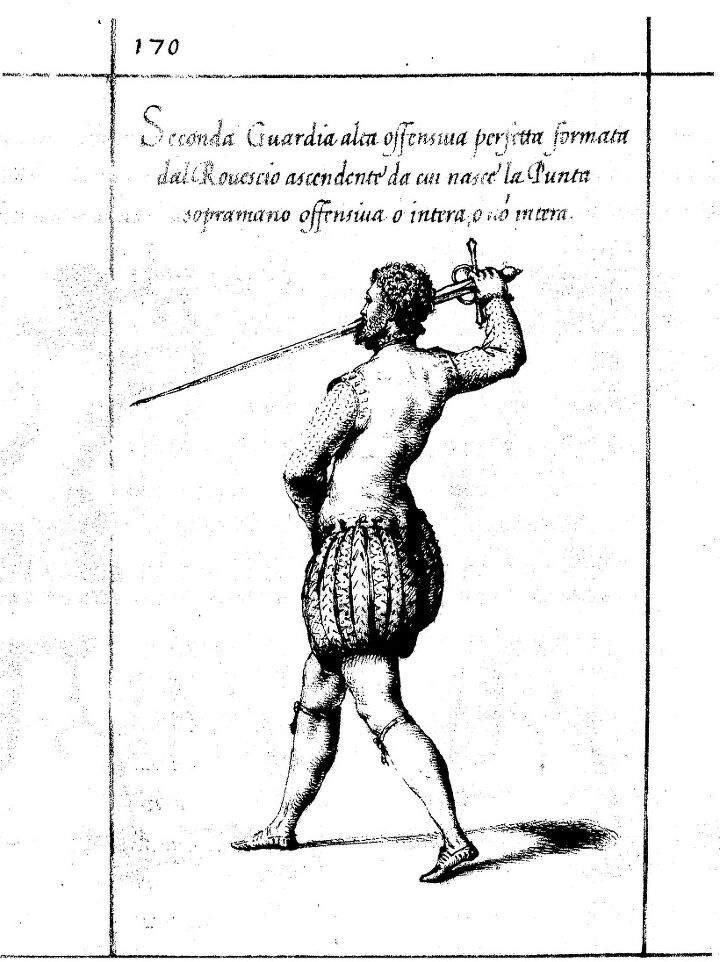
[/av_image_spot]
[av_image_spot tooltip_pos=’av-tt-pos-above av-tt-align-left‘ tooltip_width=’av-tt-large-width‘ tooltip_style=’transparent_dark‘ hotspot_color=“ custom_bg=’#ffffff‘ custom_font=’#888888′ custom_pulse=’#ffffff‘ link=“ link_target=“ hotspot_pos=’26.1,22.5′ av_uid=’av-p27n1′]
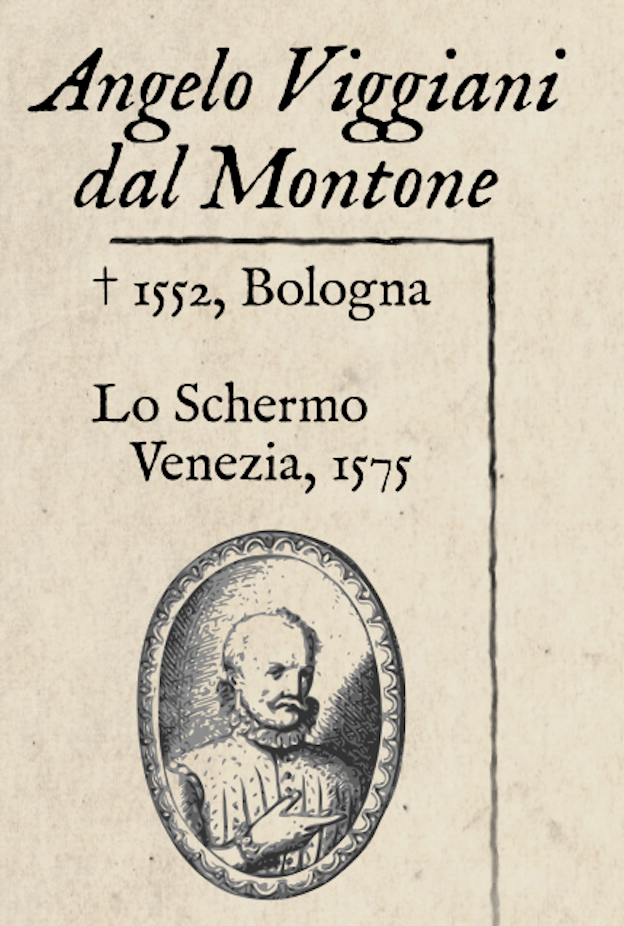
[/av_image_spot]
[/av_image_hotspot]
[av_textblock size=“ av-medium-font-size=“ av-small-font-size=“ av-mini-font-size=“ font_color=“ color=“ id=“ custom_class=“ av_uid=’av-kbrzx18r‘ admin_preview_bg=“]
[/av_textblock]
[av_button label=’Get it as a poster!‘ icon_select=’yes‘ icon=’ue859′ font=’entypo-fontello‘ link=’manually,https://historicalfencing.at/shop/#!/rapier+timeline?idea=5ef12e0ae447426121b15e4e‘ link_target=’_blank‘ size=’large‘ position=’center‘ label_display=“ title_attr=“ color=’theme-color‘ custom_bg=’#444444′ custom_font=’#ffffff‘ id=“ custom_class=“ av_uid=’av-kbrzvdyz‘ admin_preview_bg=“]
[/av_one_full]
[av_one_fourth first min_height=“ vertical_alignment=“ space=“ row_boxshadow=“ row_boxshadow_color=“ row_boxshadow_width=’10‘ custom_margin=“ margin=’0px‘ mobile_breaking=“ border=“ border_color=“ radius=’0px‘ padding=’0px‘ column_boxshadow=“ column_boxshadow_color=“ column_boxshadow_width=’10‘ background=’bg_color‘ background_color=“ background_gradient_color1=“ background_gradient_color2=“ background_gradient_direction=’vertical‘ src=“ background_position=’top left‘ background_repeat=’no-repeat‘ highlight=“ highlight_size=“ animation=“ link=“ linktarget=“ link_hover=“ title_attr=“ alt_attr=“ mobile_display=“ id=“ custom_class=“ aria_label=“ av_uid=’av-j7ewl‘][/av_one_fourth]
[av_three_fourth min_height=“ vertical_alignment=“ space=“ row_boxshadow=“ row_boxshadow_color=“ row_boxshadow_width=’10‘ custom_margin=“ margin=’0px‘ mobile_breaking=“ border=“ border_color=“ radius=’0px‘ padding=’0px‘ column_boxshadow=“ column_boxshadow_color=“ column_boxshadow_width=’10‘ background=’bg_color‘ background_color=“ background_gradient_color1=“ background_gradient_color2=“ background_gradient_direction=’vertical‘ src=“ background_position=’top left‘ background_repeat=’no-repeat‘ highlight=“ highlight_size=“ animation=“ link=“ linktarget=“ link_hover=“ title_attr=“ alt_attr=“ mobile_display=“ id=“ custom_class=“ aria_label=“ av_uid=’av-e5ial‘]
[av_social_share title=’Beitrag teilen‘ style=’minimal‘ buttons=“ av_uid=’av-k1arq7eg‘ custom_class=“ admin_preview_bg=“]
[av_comments_list av-desktop-hide=“ av-medium-hide=“ av-small-hide=“ av-mini-hide=“ alb_description=“ id=“ custom_class=“ av_uid=’av-b89pp‘]
[/av_three_fourth]
